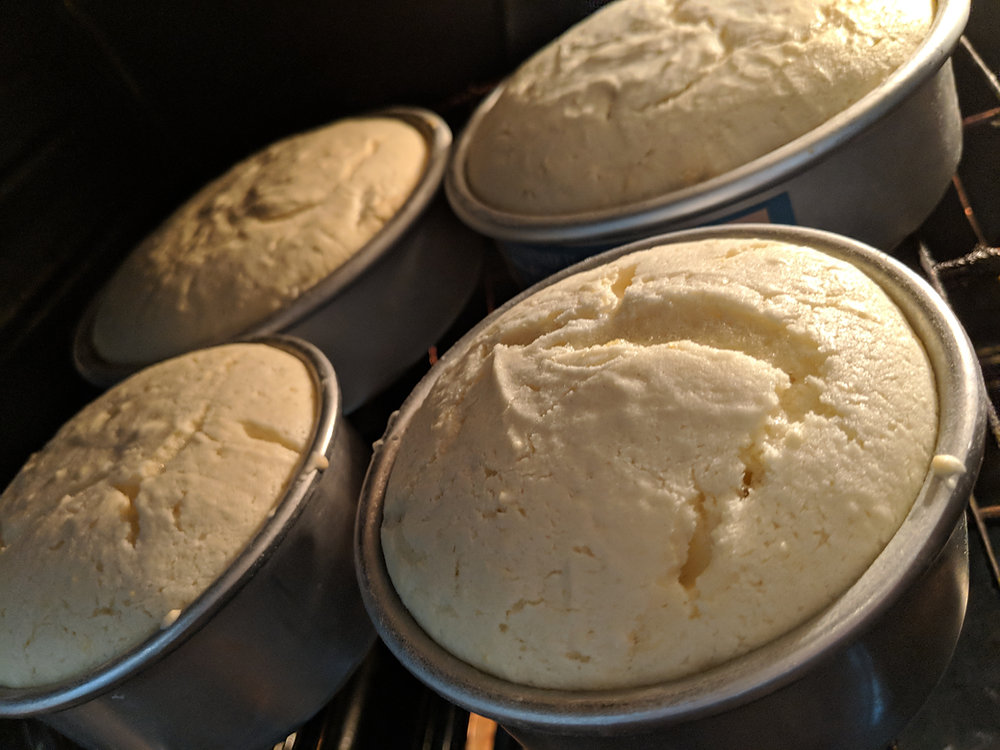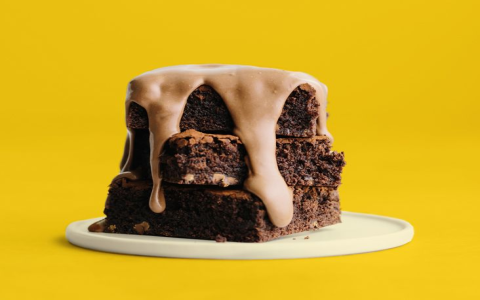In the realm of baking, every ingredient plays a crucial role in creating the perfect dessert. Among these, baking soda stands out as a humble yet indispensable hero, transforming simple batters into fluffy, light, and deliciously risen pastries. This article explores the wonders of baking soda, its unique properties, and how it enhances baking, along with a simple recipe for classic soda bread that highlights its magic.

The Science Behind Baking Soda
Baking soda, also known as sodium bicarbonate (NaHCO₃), is a chemical leavening agent that reacts with acidic ingredients to produce carbon dioxide gas. This gas, trapped within the batter’s gluten network or the structure of the dough, creates tiny air pockets, which expand during baking, resulting in a lighter, fluffier texture.
Unlike yeast, which requires time to ferment and produce gas, baking soda works quickly, making it ideal for recipes that need to be baked immediately. Its speed and efficiency make it a staple in quick breads, cookies, cakes, and muffins, where rapid leavening is desired.
The Acid-Base Reaction
Baking soda’s leavening power is activated when it comes into contact with an acidic ingredient, such as lemon juice, vinegar, buttermilk, or sour cream. The acid-base reaction produces carbon dioxide, water, and a salt (sodium acetate), with the gas being the key to creating the desired rise.
It’s crucial to balance the amount of baking soda with the acidity of the batter. Too much baking soda can result in a soapy or bitter taste, while too little will fail to produce enough gas for proper leavening.
Practical Tips for Using Baking Soda
- Measure accurately: Always use a kitchen scale or spoon-and-level method to measure baking soda, ensuring precision.
- Store properly: Keep baking soda in an airtight container in a cool, dry place to prevent it from absorbing moisture and losing its effectiveness.
- Freshness check: Test baking soda’s freshness by adding a small amount to vinegar. If it fizzes vigorously, it’s still good to use.
Recipe: Classic Irish Soda Bread
To demonstrate baking soda’s magic, here’s a simple yet delicious recipe for classic Irish soda bread:

Ingredients:
- 4 cups all-purpose flour
- 1 tablespoon baking soda
- 1 teaspoon salt
- 1 1/2 cups buttermilk, chilled
Instructions:
- Preheat your oven to 400°F (200°C). Line a baking sheet with parchment paper.
- In a large bowl, whisk together the flour, baking soda, and salt.
- Make a well in the center of the dry ingredients and pour in the chilled buttermilk. Mix until a sticky dough forms.
- Turn the dough out onto a lightly floured surface and knead gently for a few minutes until it comes together. Shape it into a round loaf about 1 inch thick.
- Cut a deep cross on the top of the loaf with a sharp knife. Place it on the prepared baking sheet.
- Bake for 35-40 minutes, or until the bread is golden brown and sounds hollow when tapped on the bottom.
- Let the bread cool on a wire rack before slicing.
This classic soda bread, with its tender crumb and slightly tangy flavor, showcases the magic of baking soda in baking. Its simplicity and versatility make it a perfect choice for any baker, from novice to expert.
Conclusion
Baking soda’s ability to rapidly and efficiently leaven batters makes it a vital ingredient in countless baking recipes. Its unique properties and the science behind its leavening action ensure that pastries rise beautifully, resulting in light, fluffy, and delicious treats. The next time you’re in the kitchen, remember the culinary magic of baking soda—it’s the secret ingredient that takes your baking to new heights.







